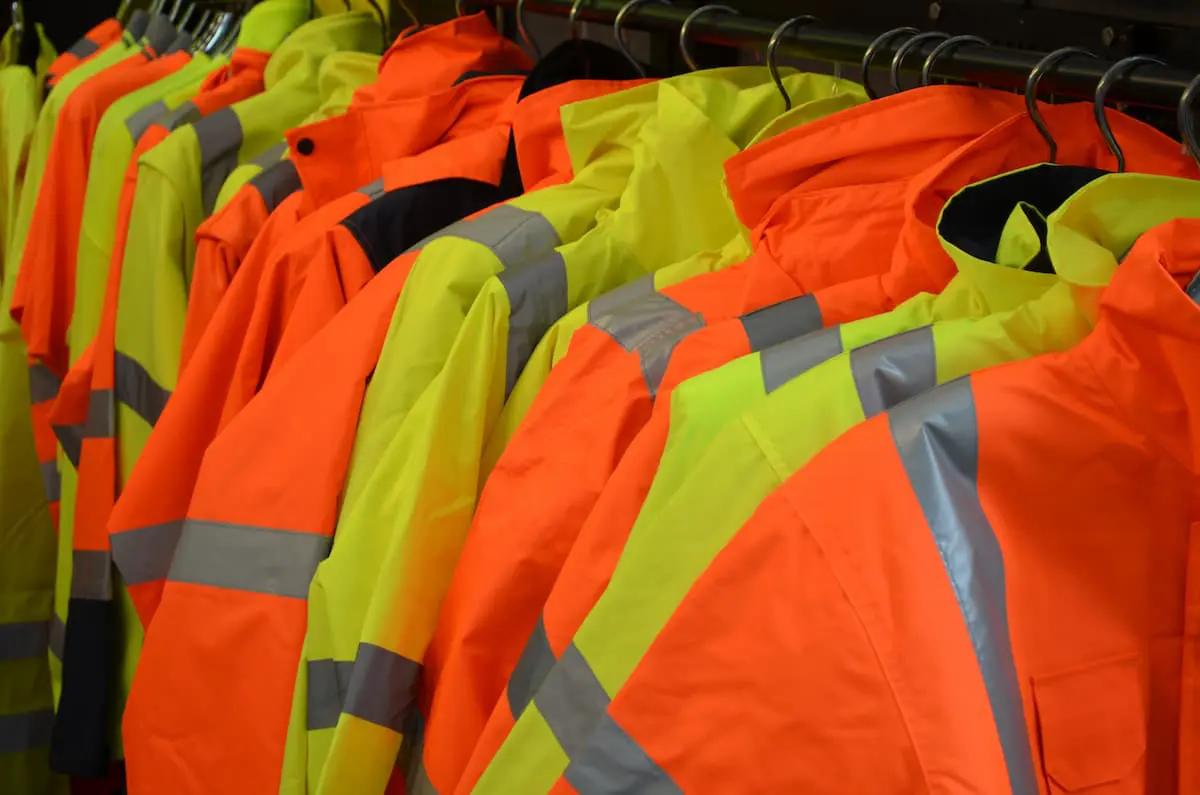
The first time I toured a refinery in Abu Dhabi, the heat was overwhelming—even inside shaded areas. Workers were in full PPE: flame-resistant coveralls, steel-toe boots, hard hats, gloves, and safety glasses. It struck me that every piece of gear had to balance safety compliance with the region’s extreme heat and sand exposure.
By 2025, the Middle East’s oil & gas sector remains one of the world’s biggest PPE consumers, driven by massive investments in petrochemicals, offshore drilling, and renewable energy infrastructure. For trade distributors and agents in the region, this is more than just a niche—it’s a high-volume, high-margin market with long-term potential.
In this guide, I’ll break down the most in-demand PPE categories for oil & gas in the Middle East, the certifications that matter, and how to position your sourcing to win tenders and recurring contracts.
Top oil & gas PPE in the Middle East includes flame-resistant coveralls, heat-resistant gloves, steel-toe or composite-toe boots, safety helmets with desert ventilation, and anti-fog safety glasses. Products must meet EN/ISO or NFPA standards, withstand high temperatures, and resist sand abrasion for durability.
Why These PPE Categories Dominate Oil & Gas
1. Flame-Resistant (FR) Coveralls
- Why hot: Essential for protection against flash fires and arc hazards.
- Example: EN ISO 11612 or NFPA 2112-rated cotton-blend coveralls with breathable FR fabrics.
- Buyer Tip: Light colors (khaki, beige) reduce heat absorption; dual-certified products win more tenders.
2. Heat-Resistant Gloves
- Why hot: Handling metal tools and equipment under direct sun can exceed 50°C surface temperature.
- Example: Kevlar-lined leather gloves meeting EN 407 or ANSI heat standards.
- Buyer Tip: Offer multiple cuff lengths for refinery vs. offshore use.
3. Safety Boots with Desert Adaptation
- Why hot: Sand abrasion can quickly destroy standard footwear.
- Example: Steel-toe or composite-toe boots with sand-resistant stitching and heat-resistant soles.
- Buyer Tip: Composite toes are more comfortable in high heat, reducing worker fatigue.
4. Ventilated Safety Helmets
- Why hot: Prolonged helmet use in 40°C+ conditions causes discomfort and heat stress.
- Example: EN 397 helmets with desert ventilation designs and optional neck shades.
- Buyer Tip: Include chin straps for offshore and high-wind sites.
5. Anti-Fog, Sand-Resistant Eye Protection
- Why hot: Sandstorms and humidity can compromise visibility.
- Example: EN 166-certified wraparound safety glasses with hydrophobic and anti-scratch coatings.
- Buyer Tip: Polarized lenses help reduce glare for offshore work.
Middle East Oil & Gas PPE Market Table – 2025
| Category | Primary Users | Key Standards | FOB Price Range (China) |
|---|---|---|---|
| FR Coveralls | Drilling crews, refinery workers | EN ISO 11612, NFPA 2112 | $24–$38 |
| Heat-Resistant Gloves | Maintenance, welding crews | EN 407, ANSI/ISEA 105 | $2.80–$6.50 |
| Safety Boots | All field workers | EN ISO 20345, ASTM F2413 | $15–$28 |
| Ventilated Helmets | Outdoor field teams | EN 397, ANSI Z89.1 | $4.50–$9.00 |
| Safety Glasses | All staff, offshore teams | EN 166, ANSI Z87.1 | $1.20–$3.50 |
Real-World Buyer Cases
Case #1 – UAE Distributor
Switched to lighter-weight FR fabrics with dual certification. Won a three-year contract with a major refinery.Case #2 – Saudi Offshore Supplier
Added ventilated helmets with detachable neck shades to product line. Increased repeat orders by 40% in summer months.Case #3 – Oman PPE Agent
Offered bundle kits (coverall + gloves + boots + helmet). Secured multiple site contracts with bundled pricing.
Buyer FAQ
Q1: Do Middle East tenders require both EN and NFPA standards?
A: For oil & gas, many projects specify dual compliance, especially those with international contractors.
Q2: What’s the most profitable PPE category?
A: FR coveralls—higher unit price, repeat orders, and mandatory use.
Q3: Should I focus on offshore or onshore products?
A: Offer both, but adapt features (e.g., corrosion-resistant metal parts for offshore).
Procurement Checklist
- [ ] Confirm required standards for target client or tender
- [ ] Source climate-adapted PPE for heat and sand resistance
- [ ] Stock high-demand bundle kits for faster sales
- [ ] Build relationships with local oil & gas contractors
- [ ] Maintain spare capacity for sudden tender opportunities
Conclusion
The Middle East oil & gas PPE market rewards suppliers who deliver compliance, climate adaptation, and product durability. By anticipating site-specific needs, you can win both tenders and repeat contracts in one of the world’s most PPE-intensive industries.
📩 Need Middle East oil & gas PPE sourcing strategies?
Email: [email protected]
🌐 www.workwearsolutions.net
Zion Zhang
Recent Posts
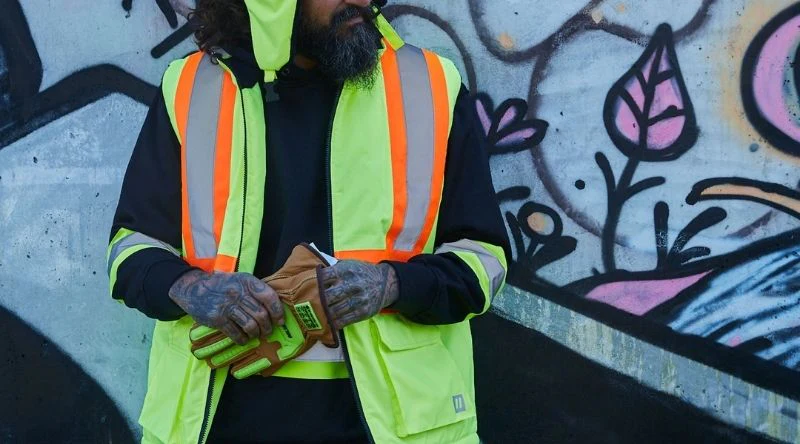 2025 African Construction PPE Market: Fast-Moving Products & Buyer Tips2025年8月12日When I visited a construction supply market in Nairobi last […]
2025 African Construction PPE Market: Fast-Moving Products & Buyer Tips2025年8月12日When I visited a construction supply market in Nairobi last […]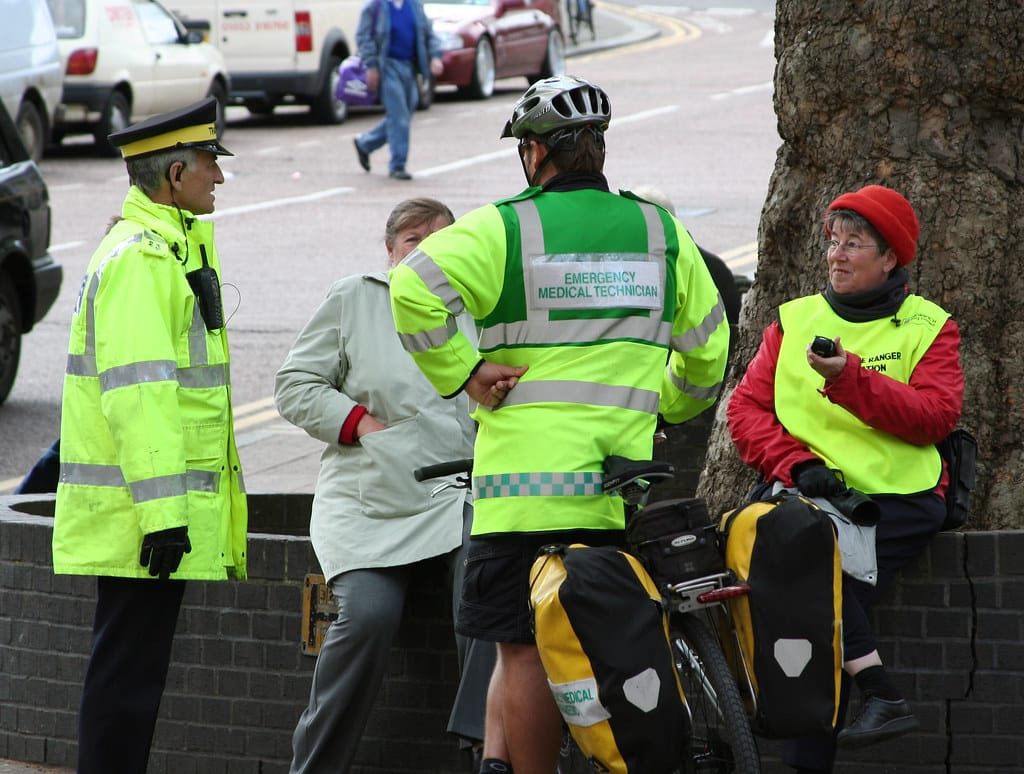 2025 PPE Hot-Selling Categories in Central Asia: A Buyer’s Guide2025年8月12日When I first visited Almaty, Kazakhstan, I was surprised at […]
2025 PPE Hot-Selling Categories in Central Asia: A Buyer’s Guide2025年8月12日When I first visited Almaty, Kazakhstan, I was surprised at […]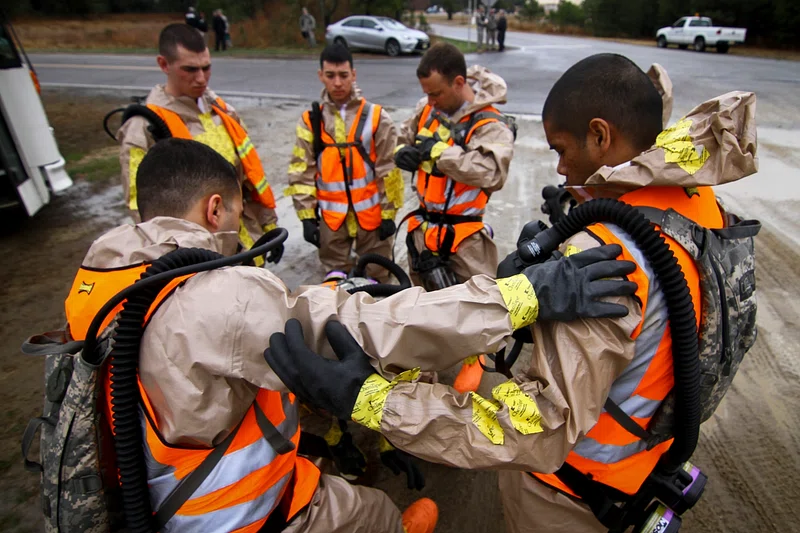 PPE Certification & Compliance: How to Pass Audits Without Delays2025年8月12日I’ve been in sourcing meetings where everyone’s […]
PPE Certification & Compliance: How to Pass Audits Without Delays2025年8月12日I’ve been in sourcing meetings where everyone’s […] PPE in Extreme Climates: Sourcing for Heat, Cold, and High-Humidity Environments2025年8月12日I’ve walked factory floors in southern China in July where […]
PPE in Extreme Climates: Sourcing for Heat, Cold, and High-Humidity Environments2025年8月12日I’ve walked factory floors in southern China in July where […]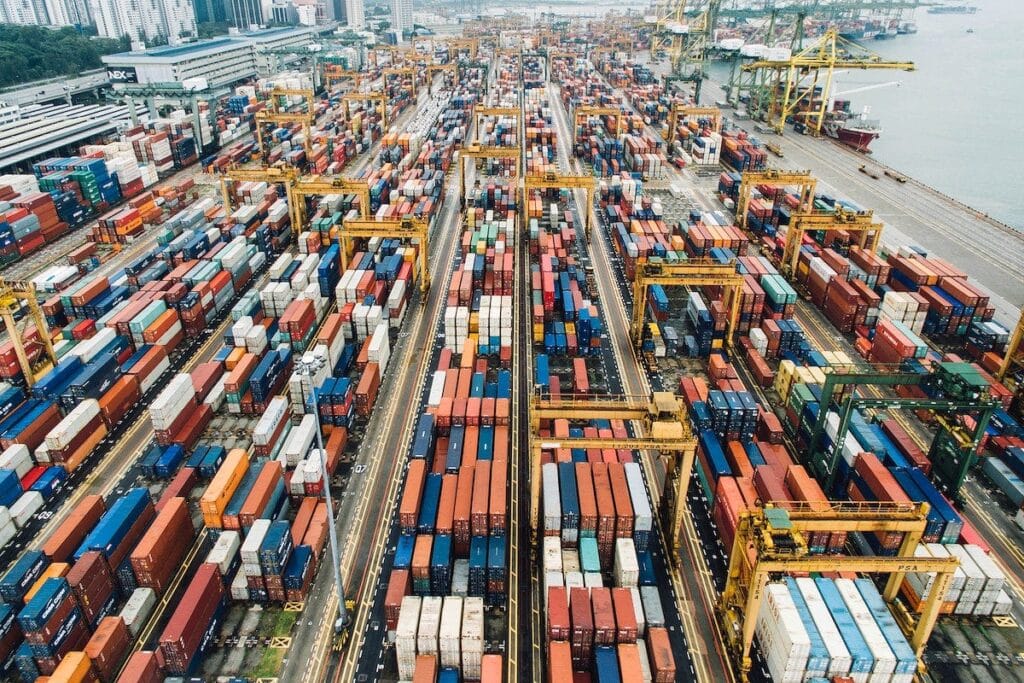 Regional Sourcing Shifts: Where PPE Buyers Are Looking in 20252025年8月12日If you’ve been buying PPE for more than a decade, you’ve […]
Regional Sourcing Shifts: Where PPE Buyers Are Looking in 20252025年8月12日If you’ve been buying PPE for more than a decade, you’ve […]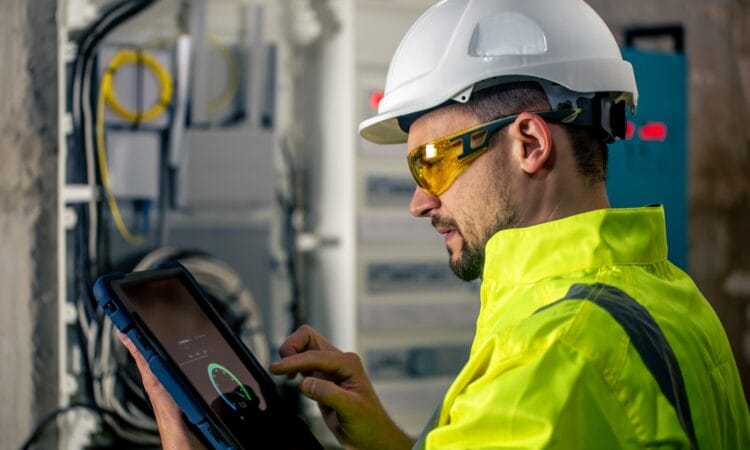 Technology in PPE: How Smart Features Are Changing Buyer Expectations2025年8月9日When I first saw a “smart helmet” at an expo in 2018, I […]
Technology in PPE: How Smart Features Are Changing Buyer Expectations2025年8月9日When I first saw a “smart helmet” at an expo in 2018, I […]
CONTACT US
- Feel free to contact us any time. We will get back to you as soon as we can!
- +86-17330061805
